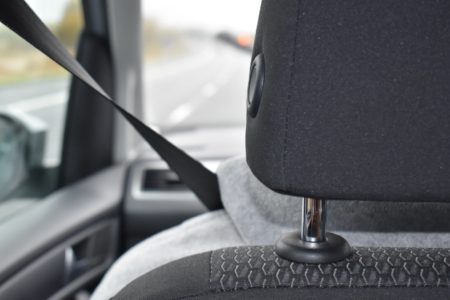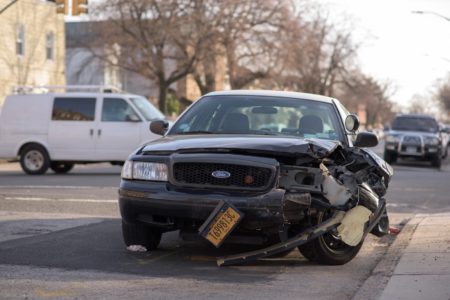By: Stephanie M.
Winter driving is frustrating enough with the heavy snow, slippery slush, and cold weather. But what makes these conditions even worse is sliding on a path of black ice! This dreaded situation happens often, and usually there isn’t much you can do to avoid it because it’s so hard to see. But, there are ways that you can try to prevent coming into contact with black ice as well as tips to help you recover after getting caught on a patch.
What can you do to protect yourself from black ice? Know where to expect it!
Black ice often occurs in the morning or at night when the sun isn’t out to warm the roads. Also be careful under bridges, overpasses, elevated ramps, and in tunnels. Places that don’t get a lot of direct sunlight are places that you’ll most often find black ice.
Because black ice is transparent, it’s almost impossible to see. But, if you’re driving and see the cars in front of you start to suddenly swerve, black ice is likely the culprit. When this happens, the first thing to do is slow down before you reach the patch of black ice. Make sure your cruise control is off so that you can adjust to the icy conditions and turn on your emergency flashers in order to alert the vehicles behind you. Once you reach the patch of ice take your foot off the brake and off the accelerator and try to steer through it. Typically, black ice patches are no longer than 20 ft so steering through it is often your best choice. But if you can’t, do not panic. Try to maintain control keeping your eyes on the road and hands on the wheel. Look where you want to go, not at objects you want to avoid.
If you start to slide and lose control, use the CPR method:
- Correction: steer in the direction that the back of the car is sliding; keep steering until you feel the car stop skidding
- Pause: anticipate when the car stops sliding. Once the car stops sliding in one direction it will want to swing back in the opposite direction and cause a Hook Spin
- Recovery: take out the initial steering correction and be ready to add correction in the opposite direction. This maneuver will help stop the back of the car from fish tailing
Black ice can be scary, but if you remember these tips and tricks and you’ll be able to navigate your way around and through black ice like a pro!




